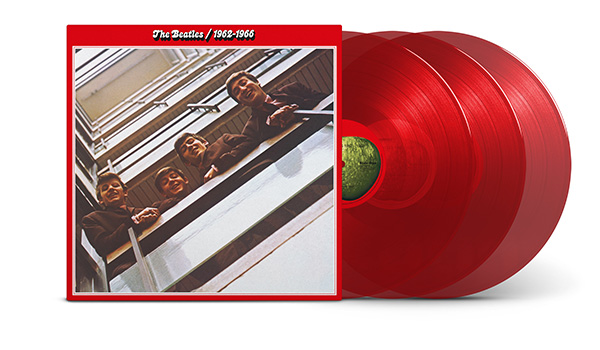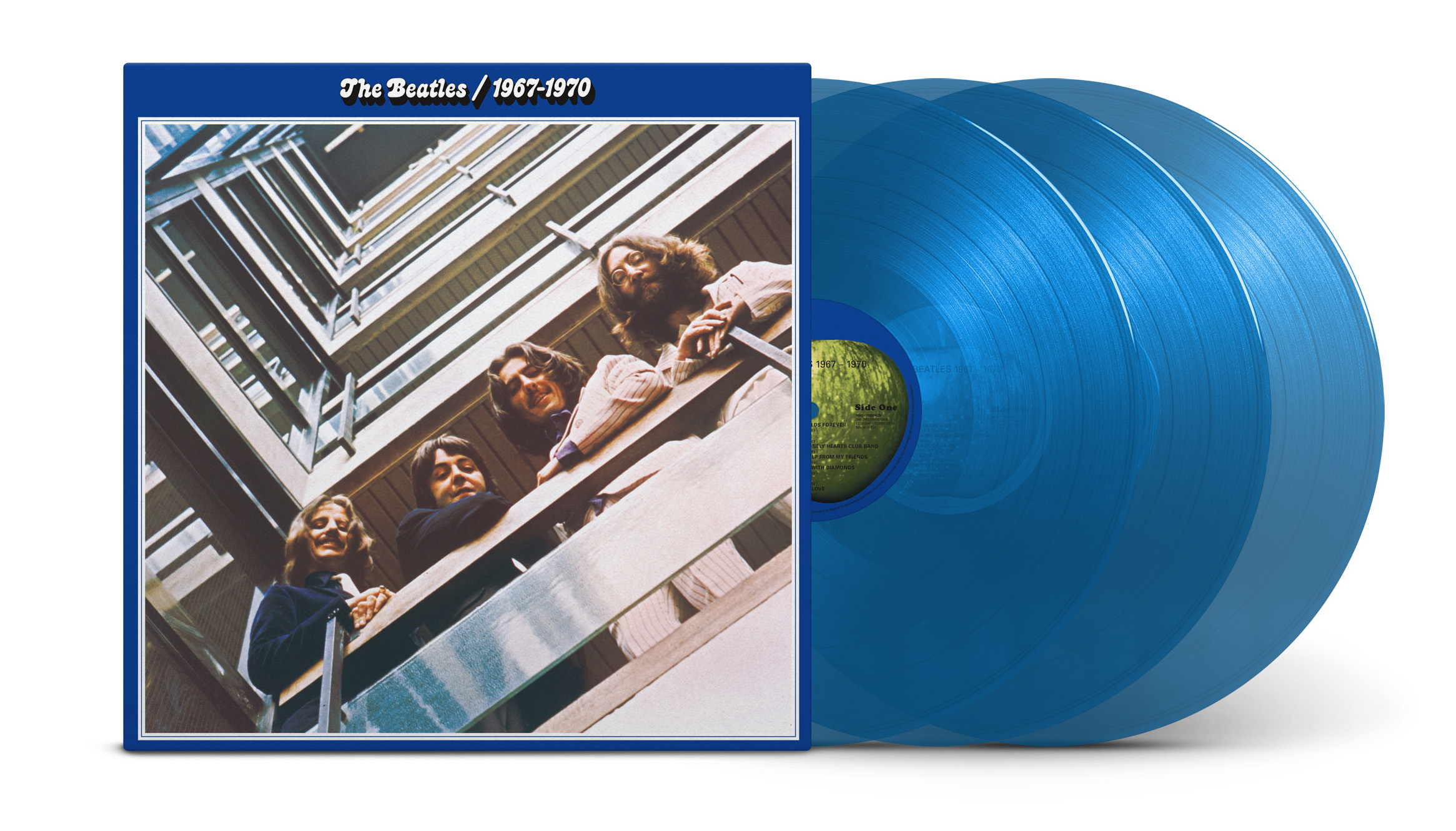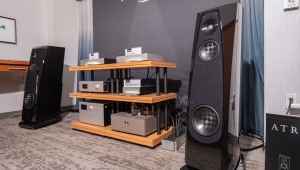| Columns Retired Columns & Blogs |
I think that mischaracterizes the trend, because I doubt that this is the last time that AI will be utilized to create another new song from The Beatles, rather quite the opposite.
"Money don't get everything, it's true. What it don't get, I can't use. Now give me money, that's what I want. That's what I want..." The Beatles didn't write that, but they covered it rather well, and it speaks to the underlying desires and motivations in this, which won't be satiated by just one more song, if the production of that song is profitable.











































